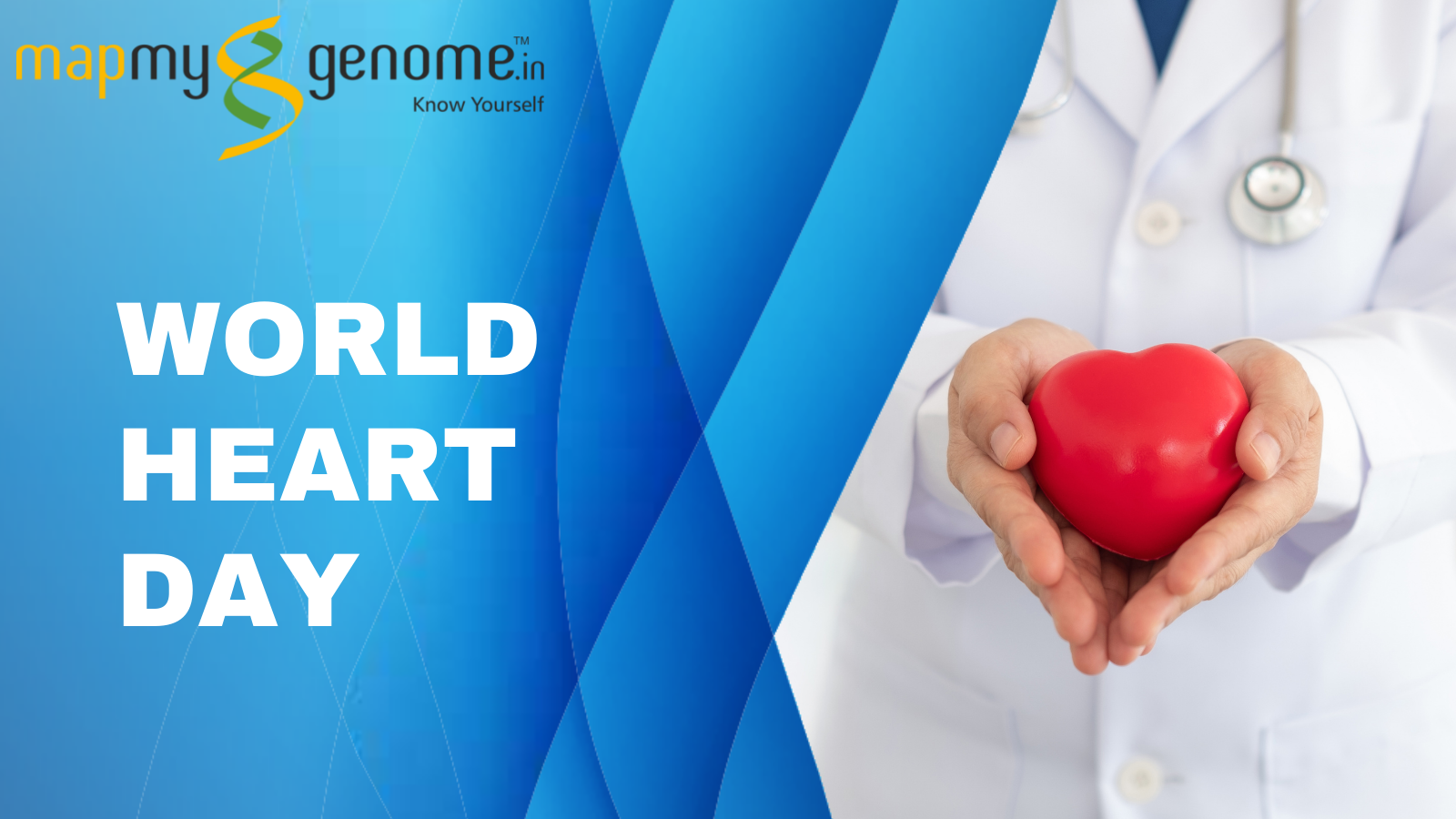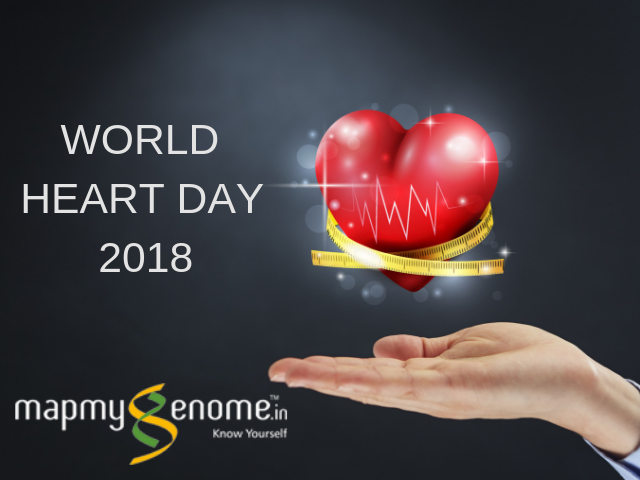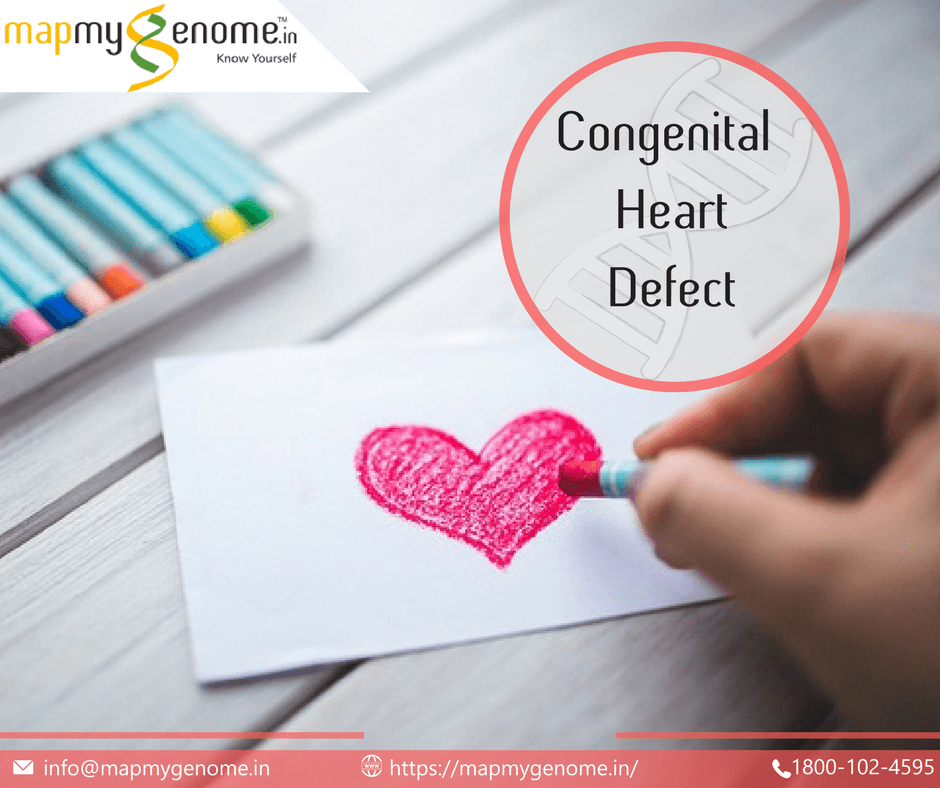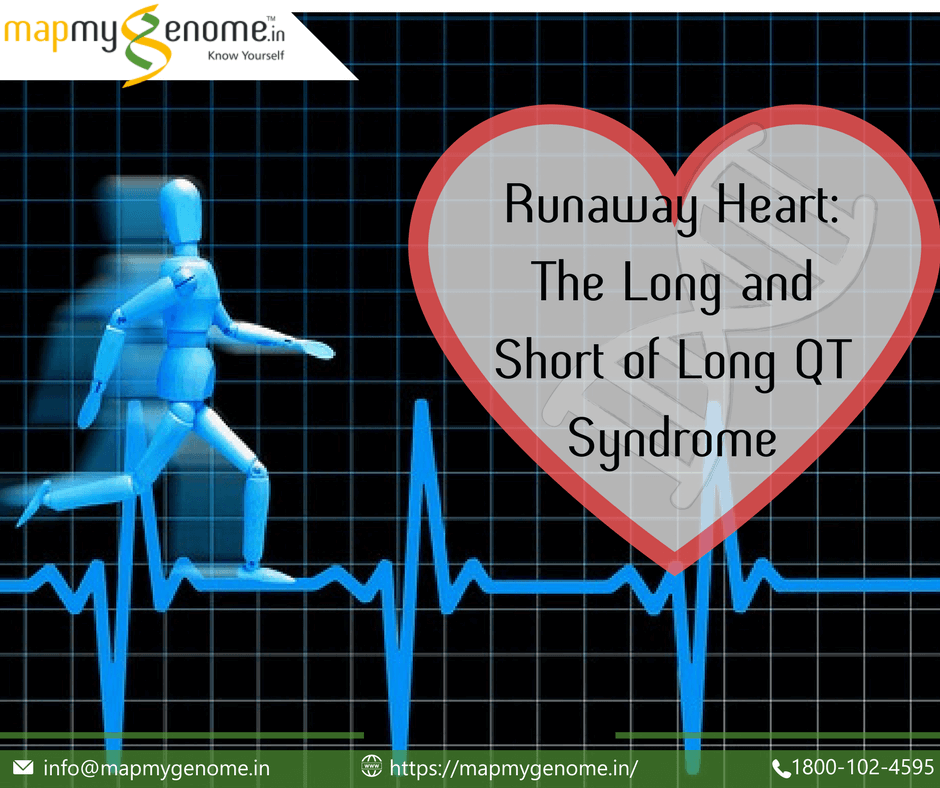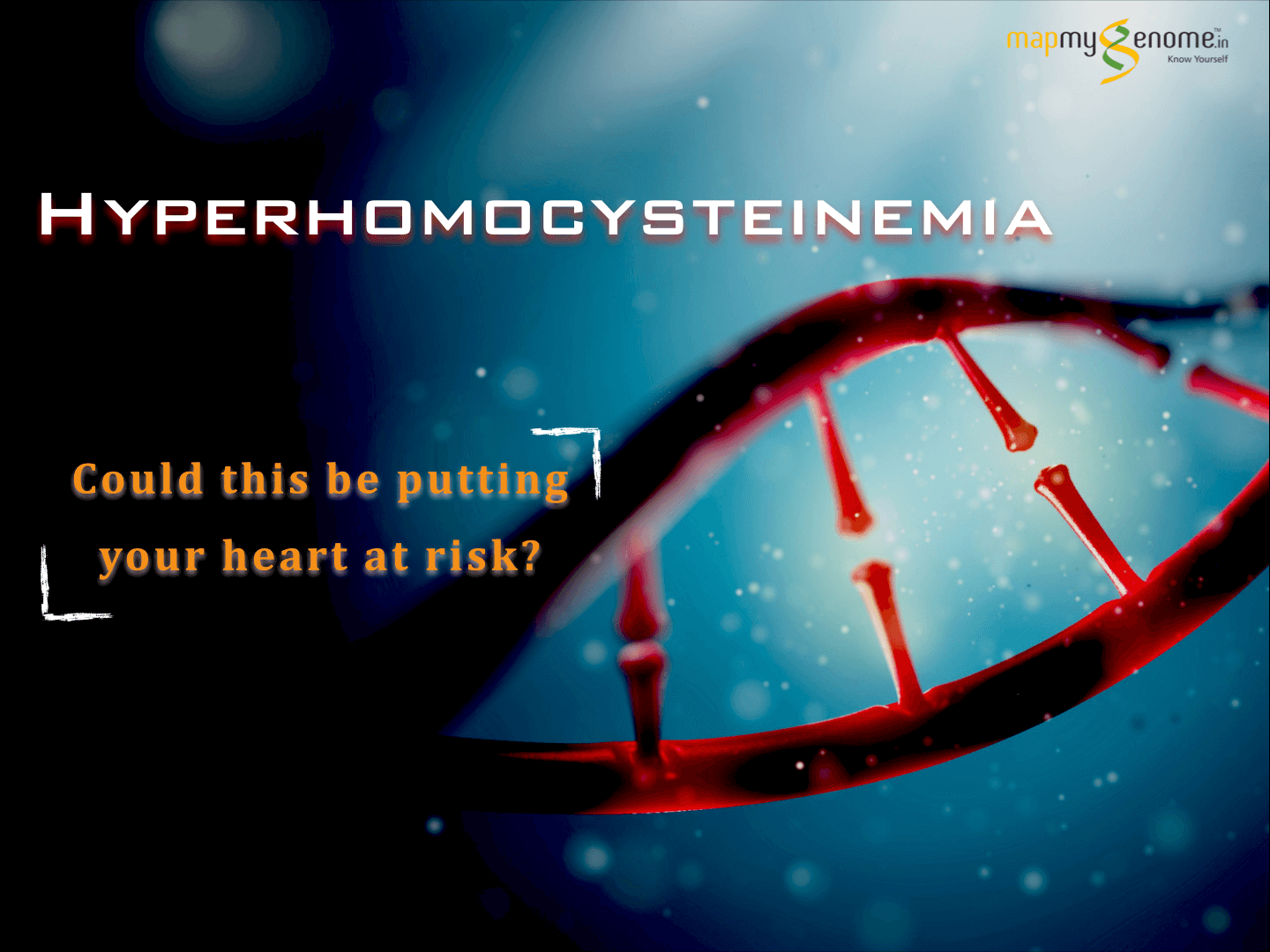
Cardiovascular diseases are a group of diseases that affect the heart and blood vessels. Cardiovascular diseases that involve blood vessels are termed as vascular diseases. In general, heart diseases can be of the following types; coronary heart disease (CHD), heart attack (myocardial infarction), chronic hypertension and congenital heart diseases. Among them, CHD and myocardial infarction (MI) are the most frequently talked about and commonly occurring cardiovascular diseases. Coronary heart disease (CHD) is a condition where the blood vessels (coronary arteries) are narrowed due to the lack of proper supply of oxygen. CHD is also known as congestive heart failure (CHF). This happens due to a waxy substance called plaque which gets accumulated inside the arteries of the heart. The most frequently observed symptoms of CHD are shortness of breath, chest pain, increased heart rate and unpleasant dizziness. Myocardial infarction (MI), on the other end, is a deadly situation which happens due to the stoppage of blood flow to the heart. The most frequently observed symptoms of MI are chest pain, dyspnea (shortness of breath), dizziness, nausea and perspiration (sweating). MI may often lead to congestive heart failure, arrhythmia (irregular heartbeat) and cardiac arrest. Atrial fibrillation (AF) is the most common form of cardiac arrhythmia. Having a first-degree relative with AF could increase your risk up to 1.77 times.
How Common Are They?
Cardiovascular diseases are a serious public health concern across the world and more in particular in growing economies like India. CVDs influence the important productive years of an individual’s life. It is expected that more than 90% of CVDs are avoidable by adapting to a healthy lifestyle. In the year 2015 alone, CVDs constituted to nearly 17 million global deaths. CHD and stroke constitute nearly 80% of the total male deaths and 75% of female deaths. Majority of these diseases affect men than women. In Indian population, more than 25% of the deaths occur due to cardiovascular diseases. The Global Burden of Disease Study by the Institute for Health Metrics and Evaluation reported that the rate of deaths by CVDs in Indian population is way higher than the worldwide average. Despite its diversity, CVDs have turned into a major cause of death across the length and breadth of India. The advancement of this epidemic is largely due to socioeconomic factors like usage of tobacco, alcoholism, very minimal intake of fruits and vegetables. Globally, the majority of the deaths due to CVDs occur in low-income and middle-income countries. It is expected that an approximate of over 23million individuals will lose their lives from heart diseases alone. In the near future, close to 60% of the global CVD burden will happen in South-Asian countries.
Clinical Features:
- Pain in chest, chest discomfort (angina), fluttering in chest
- Shortness of breath (dyspnea)
- Numbness and pain in legs and arms
- Pain in abdomen, throat, jaw and throat
- Racing heartbeat (tachycardia)
- Slow heartbeat (bradycardia)
- Fainting (syncope)
- Chronic sweating
Risk Factors and Complications:
The chances are that we are very less likely to develop CVD if you have any risk factor. Majorly CVD risk factors fall into two categories: Modifiable (can be modified with treatment), Non-Modifiable (cannot be modified with treatment). They are,
- Lack of physical exercise, tobacco usage, untimely diet, obesity, (modifiable)
- Family history, Diabetes (non-modifiable risk factors)
- Age, gender, ethnicity, social status (other non-modifiable risk factors)
(Source: https://www.healthhub.sg/live-healthy/16/screening_heart_disease)
Do Genes Have Anything To Do With It?
Atrial Fibrillation (AF):
Genetic factors may play a crucial role in those inheriting strong familial history of atrial fibrillation. Genome-wide association studies have identified the causative genes (ZFHX3, 4q25, KCNN3, PITX2) for AF. Genes for myocardial ion channels like potassium and sodium, several transcription factors and gap junction proteins were brought to prominence after extensive research.
Stroke:
Genetic variants in the 4q25, HDAC9 and NINJ2 gene regions are risk factors for stroke. The HDAC9 gene is linked with atherosclerosis and the NINJ2 gene regulates inflammation response and ischemic tolerance.
Long QT Interval:
The NOS1AP (neuronal nitric oxide synthase) gene has been identified as a genetic modifier of long QT syndrome. Genetic variation in the NOS1AP regulates production of the gene product (CAPON protein) in the heart, which affects cardiac repolarization by altering ion (L-type calcium, potassium) channel signalling.
(Source: https://twitter.com/signagnststroke/status/659782630938959872)
Managing Cardiovascular Diseases: Risk- Diet and Lifestyle:
Like most lifestyle diseases, cardiovascular disease are curable should the individual give preference to healthy diet and lifestyle interventions. Procedures like vaccination are influential in treating influenza which often leads to heart attacks and strokes and also reduce the rate of mortality. Timely management of cardiovascular diseases calls for focusing on MI and stroke with a special focus on low and middle-income countries. With regards to MI, drugs like aspirin, atenolol is cost-effective than streptokinase and are also used for secondary and tertiary prevention of the disease in the regions. In the case of atrial fibrillation (AF), regular exercise, sticking to a healthy diet with decreased consumption of alcohol and caffeine, and controlling the weight are recommended. The incidence and rate of increase of cardiovascular diseases can be prevented by the following measures.
- Adopt a healthy diet, avoid skipping meals, and include foods like whole grains, fruits, vegetables, high-fibre foods, and vitamin-rich foods.
- Consume fewer amounts of processed foods and sugar, hydrogenated fats and oils.
- Exercise regularly and maintain a healthy weight.
- Keep yourselves physically active lifestyle throughout the day for better metabolism.
- Stay away from smoking and alcoholism.
- Reduce the intake of beverages and foods containing added sugars.
(Source:https://www.kauveryhospital.com/blog/k-way-health/the-significance-of-diet-in-heart-diseases/)
An interesting fact about all these lifestyle disorders is that they are reversible and if identified early, can be treated well. To overcome the impending burden of epidemic-turning diseases like cardiovascular diseases,, one should adapt themselves to a positive lifestyle with a clear balanced diet, giving up on alcohol and smoking, including fruits and vegetables, whole grains, lean meats in your daily diet, regular physical activity and more importantly, monitor your blood glucose levels on a frequent basis. On the top of it, understanding your genetic predisposition to specific health conditions helps you plan for better treatment procedures and aid in the speedy recovery.
How Can Mapmygenome Help you:
At Mapmygenome, our focus is mainly on predictive risk assessment, maintaining a proper diet, adapting to a healthier lifestyle. A comprehensive wellness assessment like Genomepatri will give an insight into the weaknesses of your immunity, genetic predisposition to specific health conditions, drug efficiency and helps in pre-empting most of these risks. Genetic counseling is therefore recommended to obtain authenticated reviewing and recommending testing/screening options, diet/lifestyle interventions and as educational and emotional support.
Tapping into your genes will assist you to know the real ‘YOU’. Genomepatri helps you find the best-suited route for yourself, and reiterates the importance of not following the crowd but forging a unique way of leading quality life. It is personalized, predictive, participatory, preventive, and POWERFUL!!!
References:
- American Diabetes Association. “8. Cardiovascular disease and risk management.” Diabetes care 39.Supplement 1 (2016): S60-S71.
- Dai, Xuming et al. “Genetics of coronary artery disease and myocardial infarction.” World journal of cardiology vol. 8,1 (2016): 1-23. doi:10.4330/wjc.v8.i1.1
- Erdmann, Jeanette et al. “Genetic causes of myocardial infarction: new insights from genome-wide association studies.” Deutsches Ärzteblatt international vol. 107,40 (2010): 694-9. doi:10.3238/arztebl.2010.0694
- Gupta, Sushil et al. “Emerging risk factors for cardiovascular diseases: Indian context.” Indian journal of endocrinology and metabolism vol. 17,5 (2013): 806-14. doi:10.4103/2230-8210.117212
- Prabhakaran, Dorairaj, Panniyammakal Jeemon, and Ambuj Roy. “Cardiovascular diseases in India: current epidemiology and future directions.” Circulation 133.16 (2016): 1605-1620.

